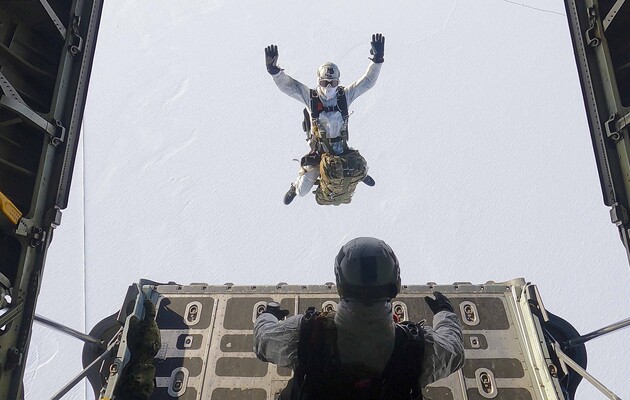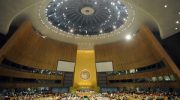Alaska is already one of the most militarized states in the United States.

As climate change opens the Arctic to transit and exploration, Russia is increasingly militarizing the region . To prevent Russia's military dominance in the region, the United States is also increasing its forces and conducting exercises there, writes The New York Times .
The first-ever US exercise outside Fairbanks, involving about 8,000 troops, was planned long before Russia's invasion of Ukraine. long sea border.
Tensions in the region have grown over the years as countries claim shipping routes and energy supplies to Alaska as a result of climate change. Now that the geopolitical order has changed since Russia's invasion of Ukraine, competition for sovereignty and resources in the Arctic may intensify.
On the west coast of Alaska, the federal government is investing hundreds of millions of dollars in expanding the port of Nome, which could become a deep-sea hub serving Coast Guard and Navy vessels sailing beyond the Arctic Circle. The Coast Guard is waiting for the launch of three new icebreakers, although Russia already has more than 50 in operation.
While the United States condemns Russia's aggressive military expansion in the Arctic, the Pentagon has its own plans to increase its presence and capabilities: it is working to restore skills in cold weather that were partially lost during the two decades of war in Iraq and Afghanistan. The Air Force has delivered dozens of F-35 fighters to Alaska. Last year, the US Department of Defense unveiled its first strategic plan, “Restoring Power in the Arctic.”
The Navy, which this month trained above and below sea ice within the Arctic Circle, has also developed a plan to protect US interests in the region, warning that weakness will mean increasing the influence of Russia and China, whose interests and values differ sharply from those of the West. .
Russia, whose eastern continent is just 55 miles across the Bering Strait off the coast of Alaska, has for years given priority to expanding its Arctic presence by upgrading airfields, adding bases, training troops and developing a network of military defense systems on the northern border.
As the region's warming sea ice warms, valuable fish stocks are shifting north, and rare Arctic minerals and significant fossil fuels are becoming an increasing target for exploration. Boat traffic can increase through both trade and tourism.
Read also: Melting permafrost may increase the risk of cancer in the Arctic – scientists
Russia has repeatedly sent military planes to the borders of US airspace, forcing American planes to try to intercept them.
This month, in response to tougher international sanctions against Russia, a member of the Russian parliament demanded the return of Alaska, bought by the United States from Russia in 1867. Perhaps this is a rhetorical gesture, which nevertheless reflected the deterioration of relations between Russia and the United States.
For centuries, the vast waters of the offshore Arctic have been largely an ice-free no-man's land, whose exact territorial boundaries – claimed by the United States, Russia, Canada, Norway, Denmark and Iceland – have remained uncertain. But as the melting of sea ice has opened up new avenues of navigation and a new opportunity to extract minerals, the countries' territorial claims have intensified.


